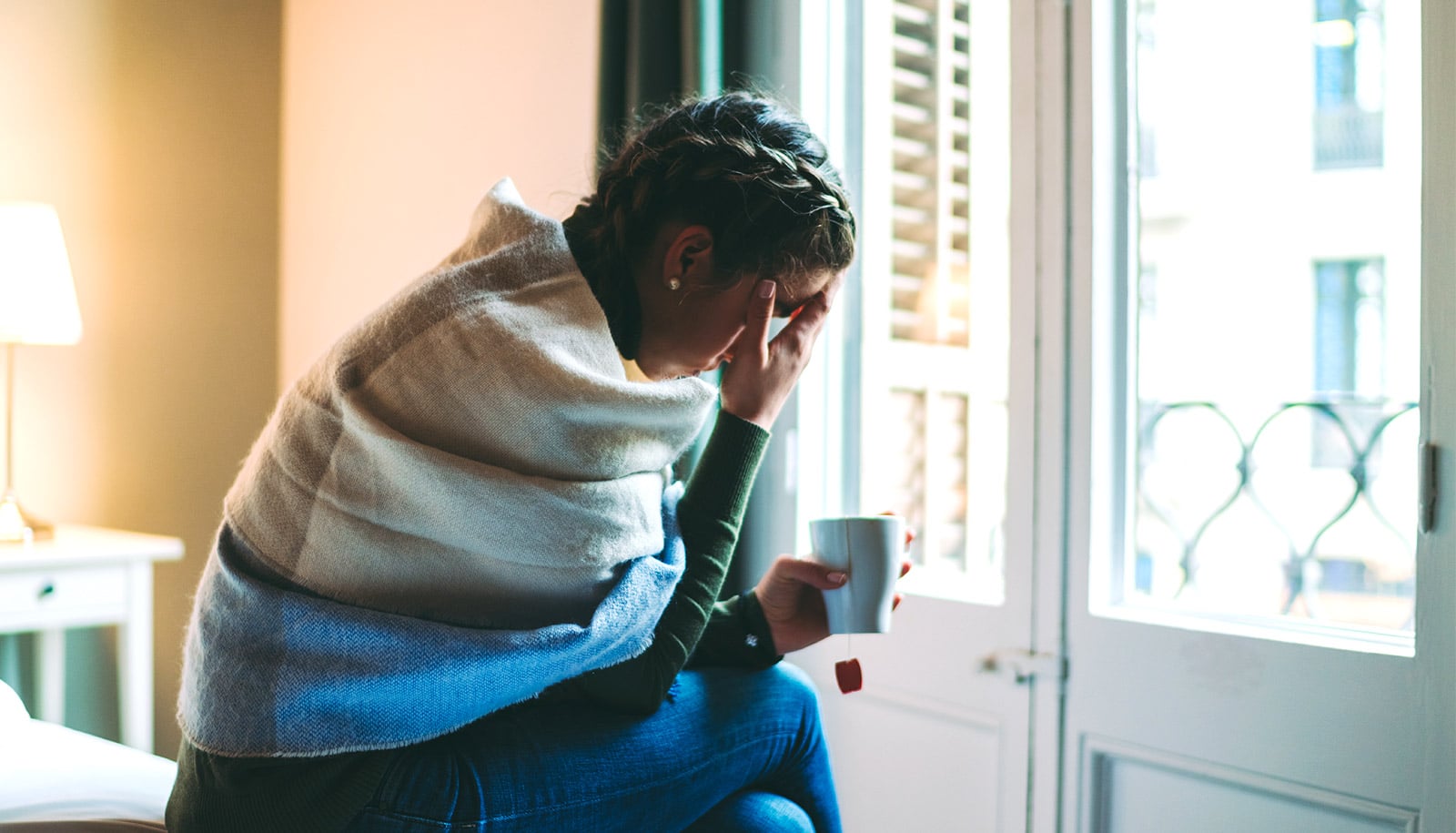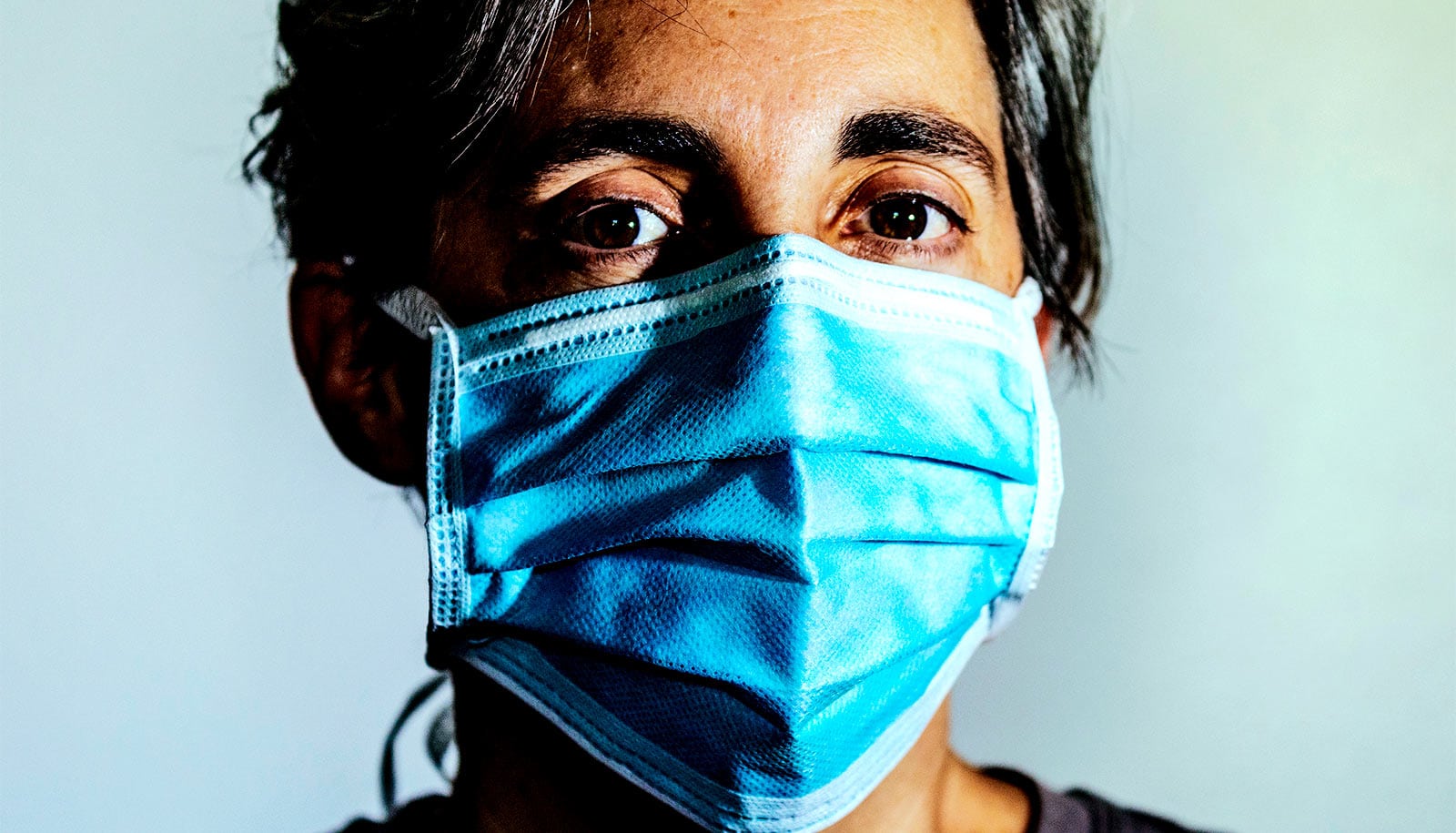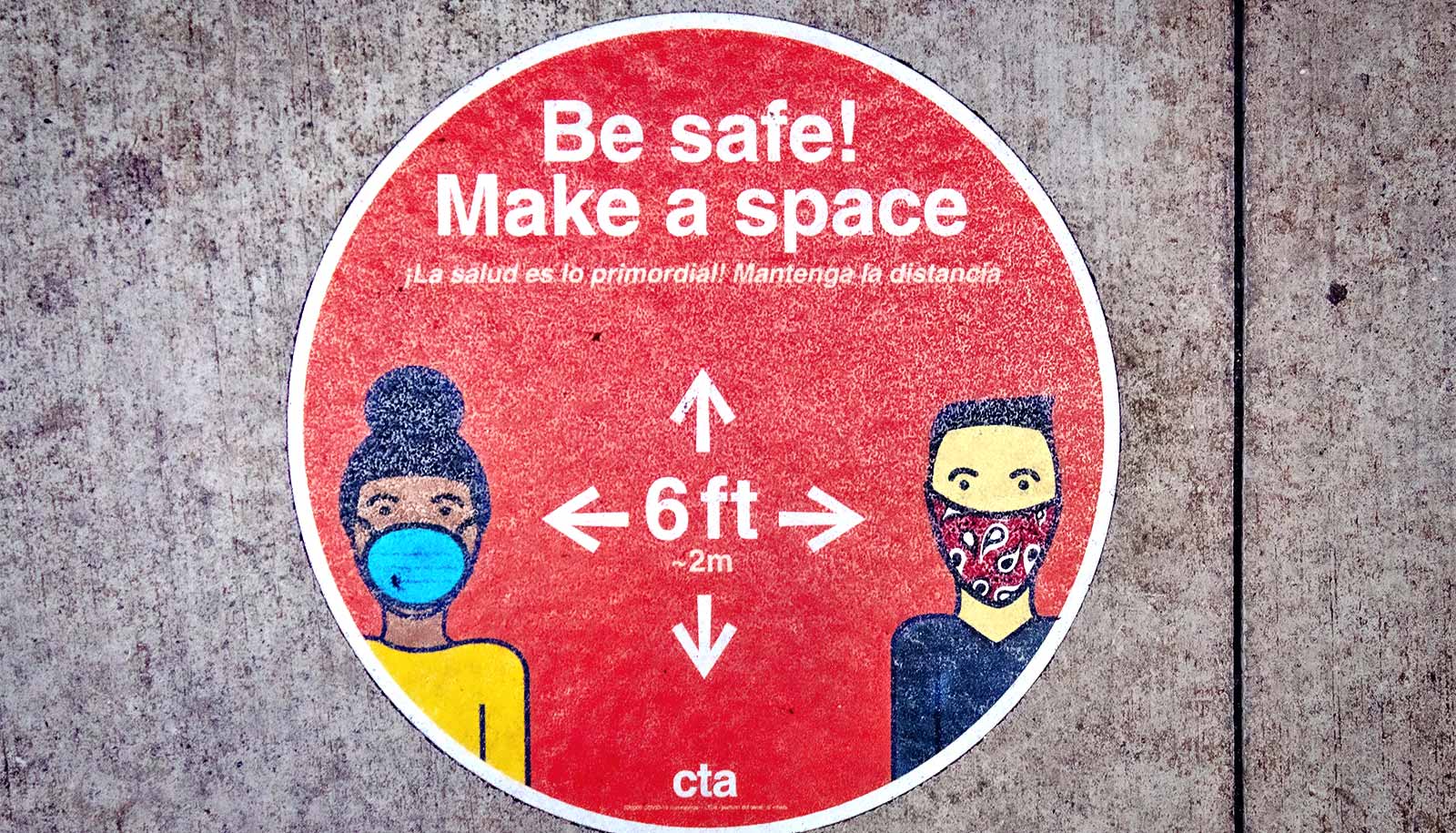Is five days of isolation for people infected with COVID-19 long enough to make sure the infected person and the larger community stays safe? The short answer appears to be yes—with a few caveats.
When the Centers for Disease Control and Prevention said in January it was shifting its recommended isolation period for people infected with COVID-19 from 10 days down to five days, followed by five days of mask-wearing, some people raised concerns or questions about whether five days of isolation was too short.
In the pandemic’s early days, the CDC had started out recommending 10 days of isolation and 14 days of quarantine, so five days seemed like a significant reduction.
For a new study, researchers tracked a cohort of students at Boston University who’d tested positive for SARS-CoV-2 as part of the University’s broader testing program, asking them to self-perform daily swabbing and symptom screens for the next 10 days.
The majority of those in the study who first tested positive were no longer positive after five days in isolation (in fact, most of them tested negative after three days of isolation). However, among 92 active participants in the study (all fully vaccinated), 17% still tested positive after five days, which is why the second component to the guidelines—consistent mask-wearing for five additional days—remains vital.
The study’s conclusion says the majority of the infected cohort had converted from positive to negative by day six, and that “rapid antigen testing may provide reassurance of lack of infectiousness.”
Masking for a full 10 days “is necessary to prevent transmission from the 17% of individuals who remain culture positive after isolation,” the study says.
The research is published on the preprint server MedRXiv, which means it is in the process of being peer-reviewed. But because of the urgency of any funded research involving the coronavirus, the researchers are making their findings public.
Here, Tara Bouton, assistant professor of medicine in the section of infectious diseases at Boston University, explains the findings:
Can you first talk about why you felt it was important to conduct this study?
There has been an ongoing collaboration with the Massachusetts Consortium on Pathogen Readiness, looking at COVID-19 viral variants and if they cause differing symptoms and duration of infection, and if we are seeing escape of the virus from people after being fully vaccinated and boosted.
Essentially, how were the viral dynamics changing? Then, when we brought this to BU, they raised the importance of trying to understand the timing for release from isolation. Did a young, fully vaccinated university campus population need to remain in isolation as long as others? Isolation guidelines have changed, and we are only just beginning to understand the mental health impact of isolation, along with how long different individuals may remain infectious.
The isolation guidelines changed a lot, from 10 days to five days, with strict mask-wearing. So, who participated in this study?
The BU student body is a lot like the patient population we serve at Boston Medical Center. They can’t always socially isolate because of congregate living situations. It’s very difficult to interpret the guidelines in the context of roommates and other situations.
Through generous support within the BU community, starting in the fall semester, we very quickly recruited a cohort and are nearing completion of our anticipated enrollment of 150 people. We are always looking for populations that are easier to access, so being able to readily collect samples from the campus community was important. We were able to work with the isolation dorm that BU set up. And then when the duration shortened for isolation, we transitioned to include off-campus collections, as well.
So, the people in this study don’t necessarily reflect a broad swath of the general population.
Right. This cohort is limited to young healthy people who presumably have optimal response to the vaccine. So, it’s not necessarily broadly applicable to those who are older or under-vaccinated.
Did you find what you expected to find or did anything surprise you?
One of the most surprising things to us was that we did not see a significant impact of the booster vaccine on the amount of time people remained infectious. At the population level, we know boosters are helping reduce infections. But that probably means the majority of the booster is helping to prevent infection, rather than changing how long it can be transmitted once you are infected.
And what happens at the five-day mark?
In our young, healthy, fully vaccinated cohort, a majority went from positive to negative culture by day three. A large percentage never had a positive culture after study enrollment. And then there is this 17% that go on to have this positive culture beyond the five days. But that’s a definite minority of the overall population. And the hope is that strict mask-wearing will limit the spread of the disease in that minority.
Based on the findings, how do you feel about the CDC’s guidelines? Is there any reason to consider five days too short?
I don’t think so. Any longer and you would be holding a huge proportion of the population in isolation unnecessarily. We are increasingly coming to recognize the economic impact—and also the mental health impact—of isolation. I do feel comfortable with the current guidance, but would stress the importance of strict masking for an additional five days.
Have you shared the results with the CDC? And what are your next steps?
We have presented these results on regional calls, where there is CDC membership. The preprint process, sharing manuscripts before peer review, has been especially important for disseminating results quickly during the pandemic. And next steps are to do a more detailed model looking for associations with or ways to predict those who remain positive after five days of isolation.
Funding for this study came from the Massachusetts Consortium on Pathogen Readiness (MassCPR) and Boston University.
Source: Doug Most for Boston University



